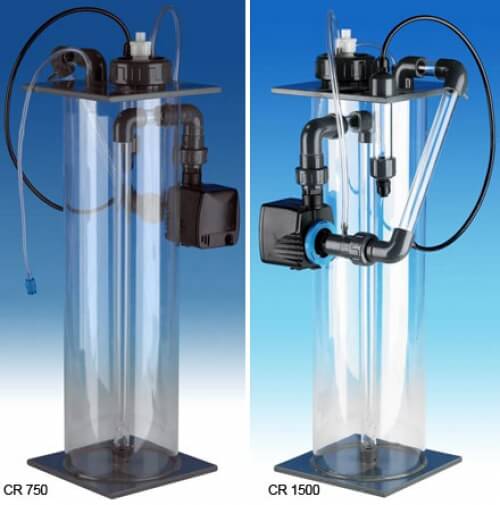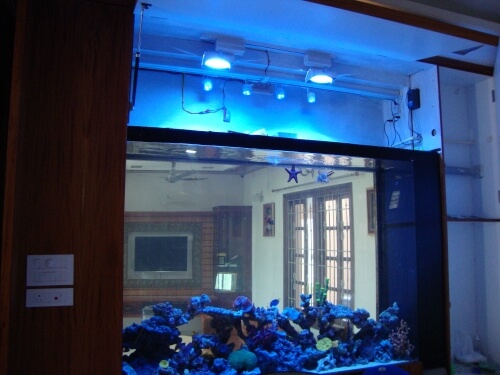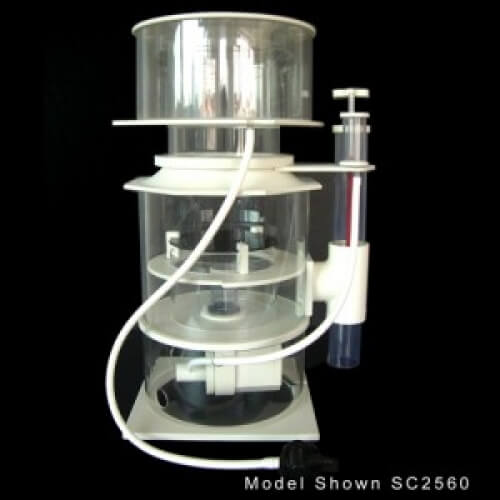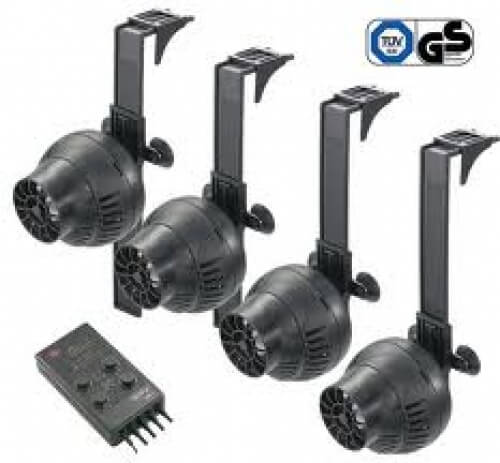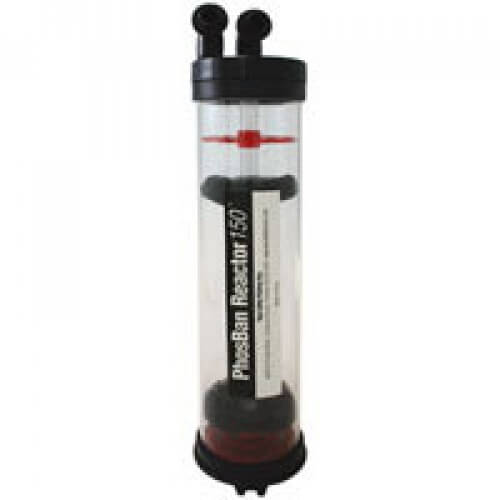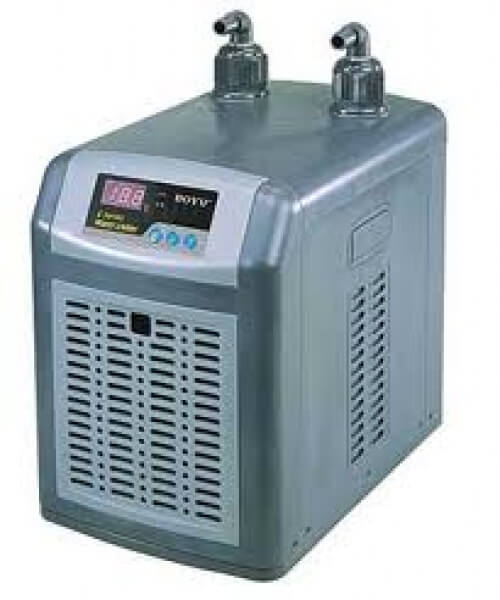The growth of corals' skeletons and invertebrates' shells is dependent on maintaining calcium levels in the saltwater aquarium.
Calcium reactors are used in the marine reef aquarium to keep calcium levels and alkalinity high enough for the health of corals. In addition to stony corals, many other invertebrates require readily available calcium carbonate in order to grow their shells. Calcium reactors also promote the growth of desirable coraline algae. Most aquarists shoot for their calcium levels to be in the of 400-450 ppm range with an alkalinity somewhere between 8-12 dKH. A properly functioning calcium reactor can automate the process of keeping calcium and alkalinity levels within these parameters.
Calcification, as the name implies, requires sufficient amounts of calcium in the water column. A calcium reactor achieves this by dissolving calcium carbonate media in a reaction chamber, supplying the system with calcium and carbonate. To dissolve the calcium carbonate, carbon dioxide is added to the water in the reactor. The carbon dioxide lowers the pH of the water in the reactor causing it to be more acidic. This more acidic water then dissolves the calcium carbonate and other minerals and trace elements. The dissolved solution then flows back into the system, increasing alkalinity.
Using a calcium reactor to maintain healthy calcium levels in the reef tank is relatively inexpensive when compared to other means of increasing calcium (consistent use of calcium buffers or supplements such as Kalkwasser). Yes, there is an initial large investment in the reactor itself (as well as the carbon dioxide bottle and regulator), but after that, most calcium reactors are relatively maintenance free. The aquarist simply needs to keep the carbon dioxide bottle filled and replace the calcareous media.
When using a calcium reactor, it is necessary to closely monitor the pH level in your aquarium. Some aquarists use a controller that will shut off the flow of carbon dioxide if the pH falls too drastically in the tank. The controller can also turn the carbon dioxide flow back on when the pH levels have rebounded.

